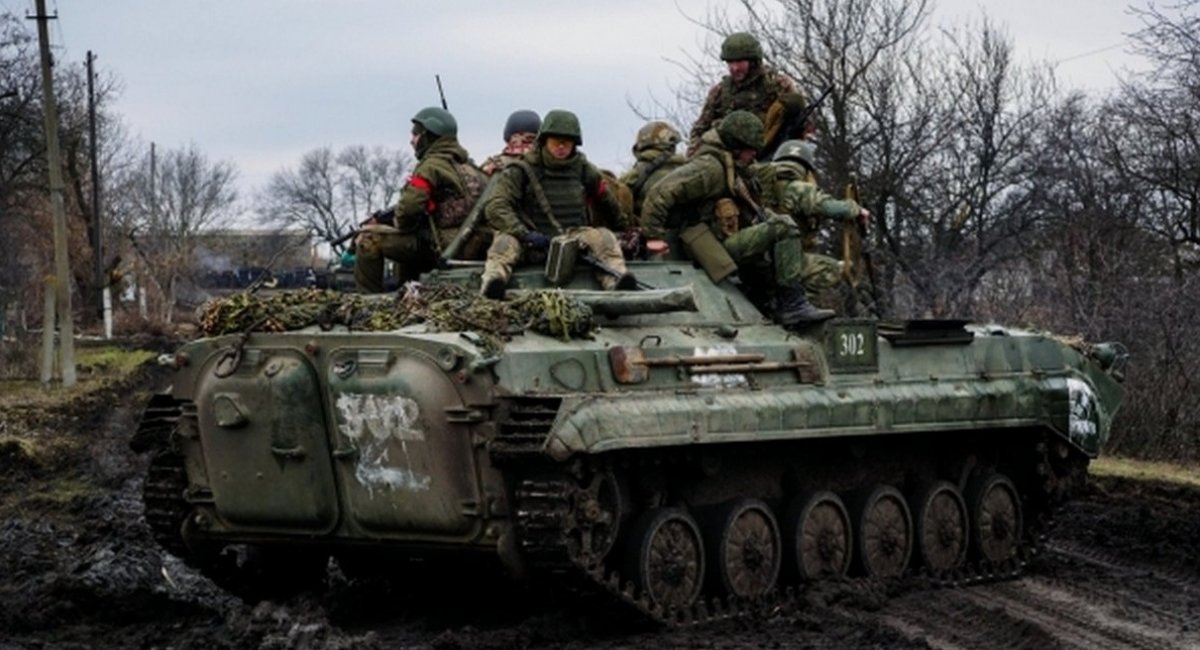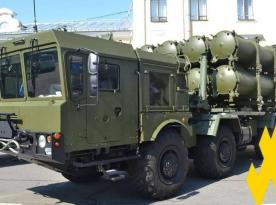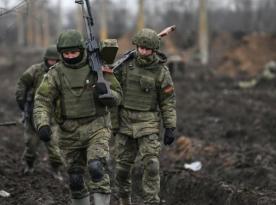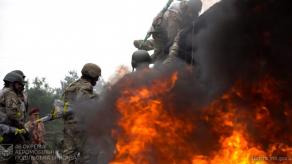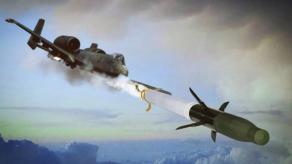The losses of the russian federation in the war against Ukraine have already exceeded the mark of 100,000 killed. But at the same time, the russian Ministry of Defense is going to form new motorized rifle and artillery divisions in order to continue the "war of attrition".
After February 2022, the West introduced so many sanctions against the kremlin that russia was in the first place in the world in terms of the number of restrictions on contacts with the civilized world, which even surpassed the "result" of Iran, which has been in a permanent sanctions regime for 40 years. Nevertheless, this circumstance did not prevent Moscow from spending about 80 billion dollars (or almost 5 trillion rubles) on the war in 2022, which is a third more than the plan.
Read more: Air Raid Alert Goes Off in All Ukrainian Regions As Terrorrussia Launches Cruise Missiles
Losses as of December 30, 2022
In theory, there may be a conditional "loss threshold" for the Kremlin, after which the Russian Federation will not be able to continue waging war. The "safety margin" of the Russian economy is actually significantly exaggerated - accordingly, under certain conditions, an "ideal storm" may form, after which Moscow will be left without money for aggression against Ukraine. But what kind of "ideal storm" it should be, and what kind of "loss threshold" it should be - we can understand if we recall the experience of the USSR's war in Afghanistan in 1979-1988.
Indeed, the factor of relatively high casualties at that time (14 thousand killed during 10 years of hostilities) made the war in Afghanistan "unpopular" for Soviet society. But it seems that another factor was decisive here - not the "threshold" of the number of dead, but the duration of the war. In other words, Soviet society was then morally not ready to receive "funerals" and dead soldiers for several more years, psychological fatigue was accumulating, and the Kremlin had to take this into account.
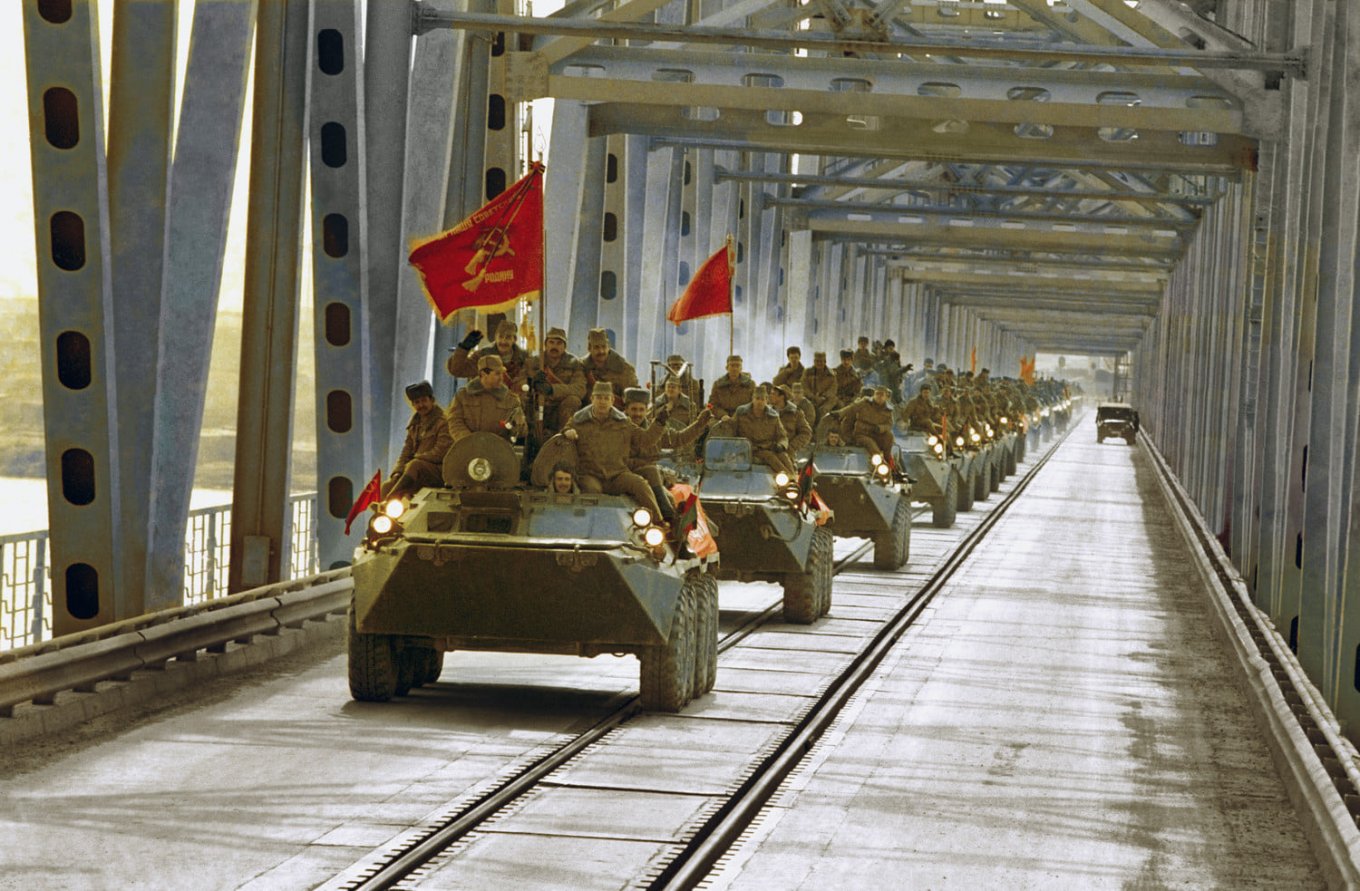
If we recall the "economic" dimension of the war in Afghanistan, here the story looks somewhat more voluminous. Let's start with the fact that Mikhail Gorbachev (the then leader of the USSR), according to the specifics of his rule, was in principle prone to concepts about the negative impact of military expenditures on the country's economy. And it was from such a conceptual attachment that the then Kremlin helmsman instructed the so-called "Ryzhkov group" to calculate all Moscow's expenses for the war in Afghanistan. The calculations showed the nature of the "perfect storm" in which the economy of the USSR found itself. Which, in turn, became an additional incentive for the Kremlin to end the war.
It turned out that the Soviet Union spent an astronomical 37 billion rubles during the 10-year war in Afghanistan. This is, for example, three times more than the cost of eliminating the consequences of the disaster at the Chernobyl nuclear power plant (12 billion rubles in the period 1986-1990), or twice as expensive as the construction of the Baikal–Amur Mainline (BAM) (17 billion rubles, the work was officially completed in 1989 year). It should be noted that the combat operations in Afghanistan, the completion of the BAM, and the liquidation of the consequences of the disaster at the Chernobyl NPP took place at the same time. Against this background, the Kremlin realized that the USSR might not be able to withstand such a "perfect storm". It is because of this that the Russian leadership chose the option of withdrawing troops from Afghanistan.

If we literally transfer these historical parallels to the present, it turns out somehow hopeless. During the 10 months of the full-scale invasion, the Kremlin learned to hide the real level of losses, and if something "went up" - it learned to "mitigate the effect". In 2023, Russia plans to spend at least 40% of its state budget on war, which may lead to a dangerously sharp reduction in social spending. But it still cannot give the same effect as the Chernobyl disaster and the completion of BAM at the same time.
However, there is one hidden factor that may actually be the same "black swan". The war in Afghanistan at one time became "unnecessary" for the Kremlin, because the military leadership began to demonstrate "excessive" autonomy in relation to the political leadership. Now we can see something similar on the battlefields of Bakhmut at the end of 2022. There, as opposed to the "Vagner" PMC of Putin's favorite Prigozhin, the Ministry of Defense of the russian federation used a self-created PMC called "Patriot". Such institutional "patriotic games" usually lead to defeat, as evidenced, in particular, by the experience of Germany and Japan in World War II...
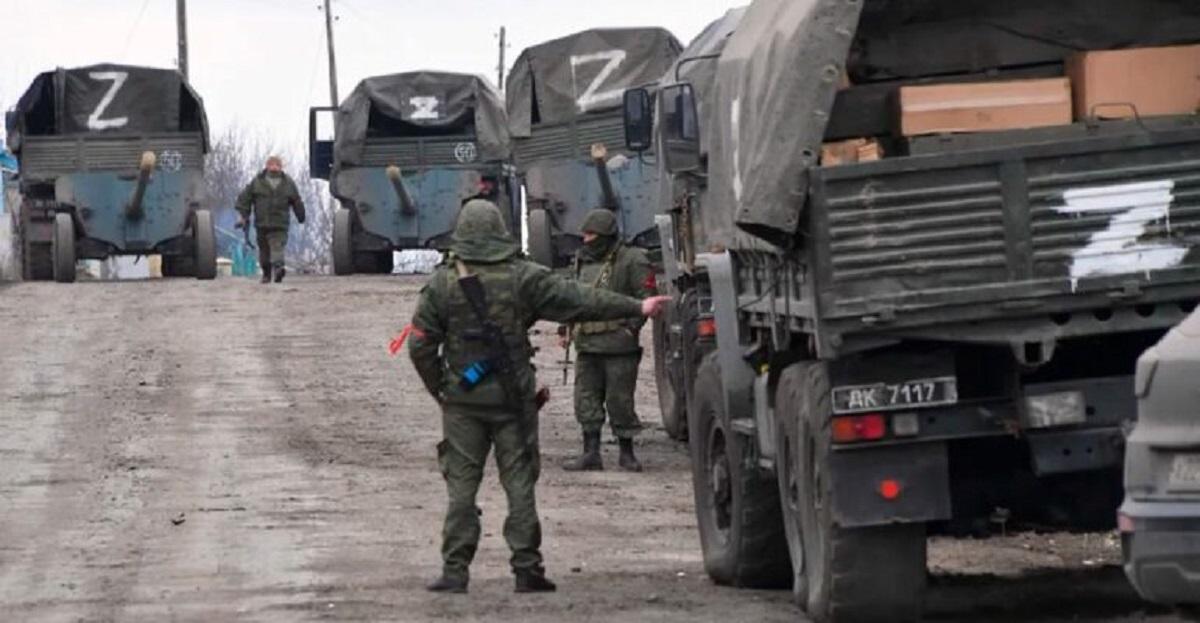
Read more: Ukraine’s Defense Minister Warns russians That kremlin May Be Readying Border Closure and New Mobilisation Order




